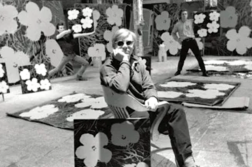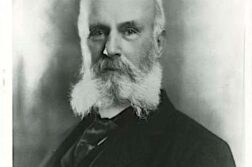THE QUESTION of whether sex “is worth dying for” was posed by Michel Foucault in his History of Sexuality and speaks directly to why, in the third decade of the AIDS epidemic, gay men are still taking sexual risks. Beginning in the mid-1980’s, a combination of factors influenced sexually active gay men around the world to make changes in the way they had sex, including a desire both to remain uninfected oneself and to avoid the risk of infecting others. Gay men started having fewer sex partners and, still more importantly, began using condoms during anal intercourse. These two factors caused the rate of new infections among gay and bisexual men to drop dramatically beginning in the late 1980’s. But after more than two decades of safer sex messages and tens of thousands of deaths, many gay men are returning to sexual behaviors more commonly seen before the onset of the epidemic by having unprotected anal intercourse (UAI).
The increase in UAI in the United States has given rise to a significant increase in the number of new HIV infections among men who have sex with men (MSM). At the 2003 National HIV Prevention Conference, the Centers for Disease Control reported that the number of gay and bisexual men diagnosed with HIV climbed for the third consecutive year. Studies in Amsterdam, Sydney, Melbourne, London, Budapest, and Russia have documented increases in UAI. Whatever the reasons, gay men in the West are less likely to use condoms now than they were a decade ago.
Unprotected anal intercourse is variously referred to as “barebacking,” “raw sex,” “natural sex,” or “uninhibited sex.” The first time that the term “barebacking” appeared in print was in a 1997 POZ magazine article entitled “My Turn: Riding Bareback,” in which the late AIDS activist and writer Stephen Gendin described the thrill of not using a condom during anal sex with other HIV-positive men.






